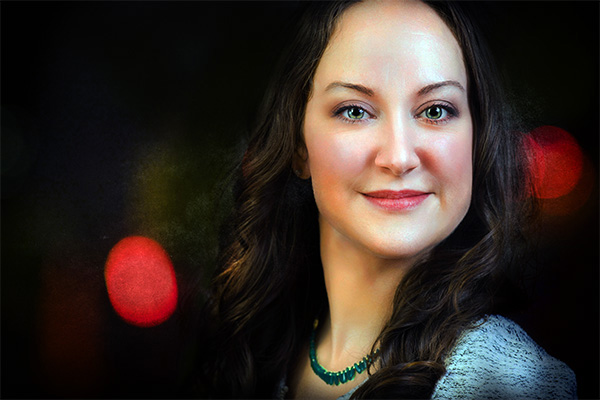
Images has undergone a huge transformation over the past few decades. From movie rolls and darkrooms to mirrorless cameras and AI modifying, the evolution is speedy and relentless. What was the moment an analog craft now leans intensely into the electronic realm, and For a lot of photographers, this shift offers each opportunity and obstacle. Those who fall short to adapt danger getting left powering inside of a aggressive market where by keeping recent is important. Knowing how images has developed is the initial step in recognizing the necessity of remaining aligned with nowadays’s chopping-edge instruments and procedures.
In the past, a photographer’s skill was calculated largely by their capacity to work with manual options, lights, film styles, and physical prints. Acquiring pictures expected chemical knowledge and entry to a darkroom. Having said that, digital cameras disrupted the status quo, generating images more accessible and fewer high-priced. While using the rise of DSLRs and mirrorless devices, photographers no more needed film or advancement labs. Quick impression previews, bigger ISO abilities, And big storage alternatives meant photographers could shoot additional, experiment freely, and master faster. But this digital boom also introduced new challenges—Opposition improved, and simply possessing an excellent digital camera was not adequate to get noticed.
Nowadays, the pictures sector is deeply intertwined with technological innovation. AI-driven editing resources like Lightroom’s subject masking or Photoshop’s generative fill have redefined post-processing. Platforms like Skylum Luminar and Topaz Labs offer sounds reduction and impression upscaling that might have already been unattainable a decade back. Even smartphones, the moment mocked by more info pros, now generate substantial-resolution RAW images and give State-of-the-art characteristics like portrait mode, night time pictures, and genuine-time HDR. The playing subject get more info has shifted substantially, and traditionalists should settle for that newer technology normally improves rather than diminishes the artwork of photography.
Outside of hardware and program, engineering now dictates how photographers connect with consumers and grow their corporations. Social websites platforms, Search engine marketing-optimized websites, and automated scheduling techniques are important for advertising and marketing and outreach. Google My Business profiles, geotagged images, and online evaluations generally decide irrespective of whether a consumer chooses one particular photographer over A further. Pros who remain offline or rely exclusively on phrase-of-mouth marketing limit their exposure and prospective expansion. Embracing these electronic tools doesn’t just aid photographers keep applicable—it enables them to work smarter and achieve broader audiences far more competently.
The increase of AI in photography is particularly transformative. Synthetic intelligence can now assess facial characteristics to automobile-accurate lights, easy skin, and even swap backgrounds in only one simply click. AI-driven culling software program helps photographers sift as a result of Countless pictures, selecting the best visuals based upon expression, sharpness, and composition. In-studio, AI-enhanced lights programs immediately adjust publicity and balance based upon matter position. These instruments don’t substitute the photographer's creative eye—they amplify it. People that make investments time in Studying AI functions look here acquire a aggressive edge in each velocity and top quality.
In conclusion, pictures is now not just about mastering the shutter or figuring out the golden hour. It’s about adaptability. The craft has become a dynamic combination of artwork, science, and technologies. Photographers that Family portrait packages in San Antonio are prepared to evolve—who find out new software package, invest in smarter gear, and embrace AI and electronic internet marketing—are far better positioned for check for more very long-time period achievement. The ones who resist, clinging to out-of-date solutions or dismissing technological trends, could shortly obtain themselves irrelevant in a fast-paced visual globe. To stay competitive and artistic, photographers will have to not just keep up Along with the evolution of images—they have to guide it.